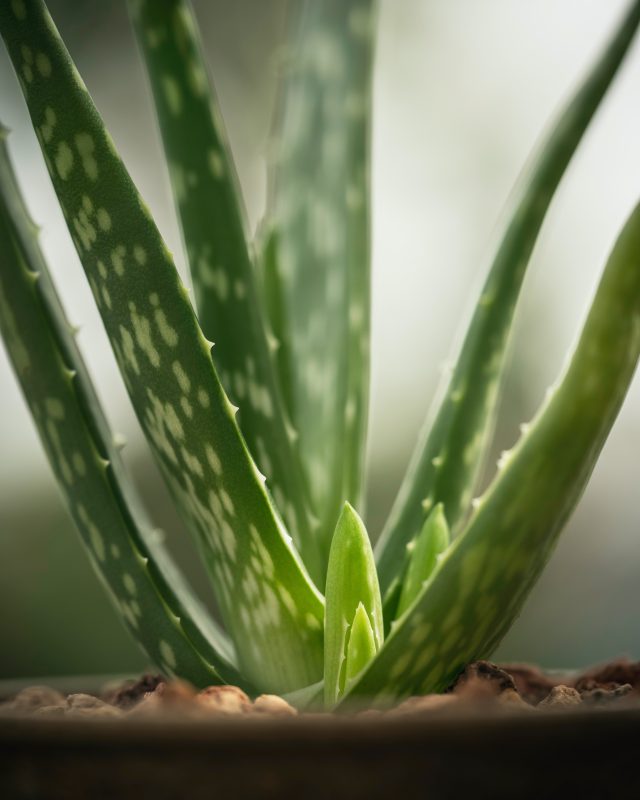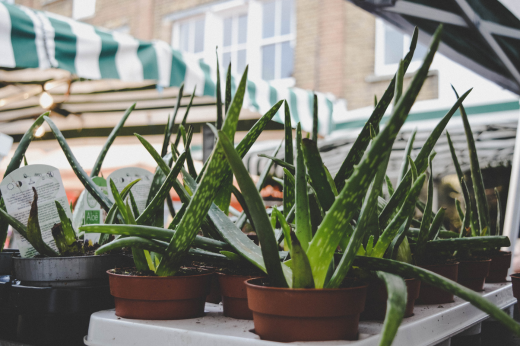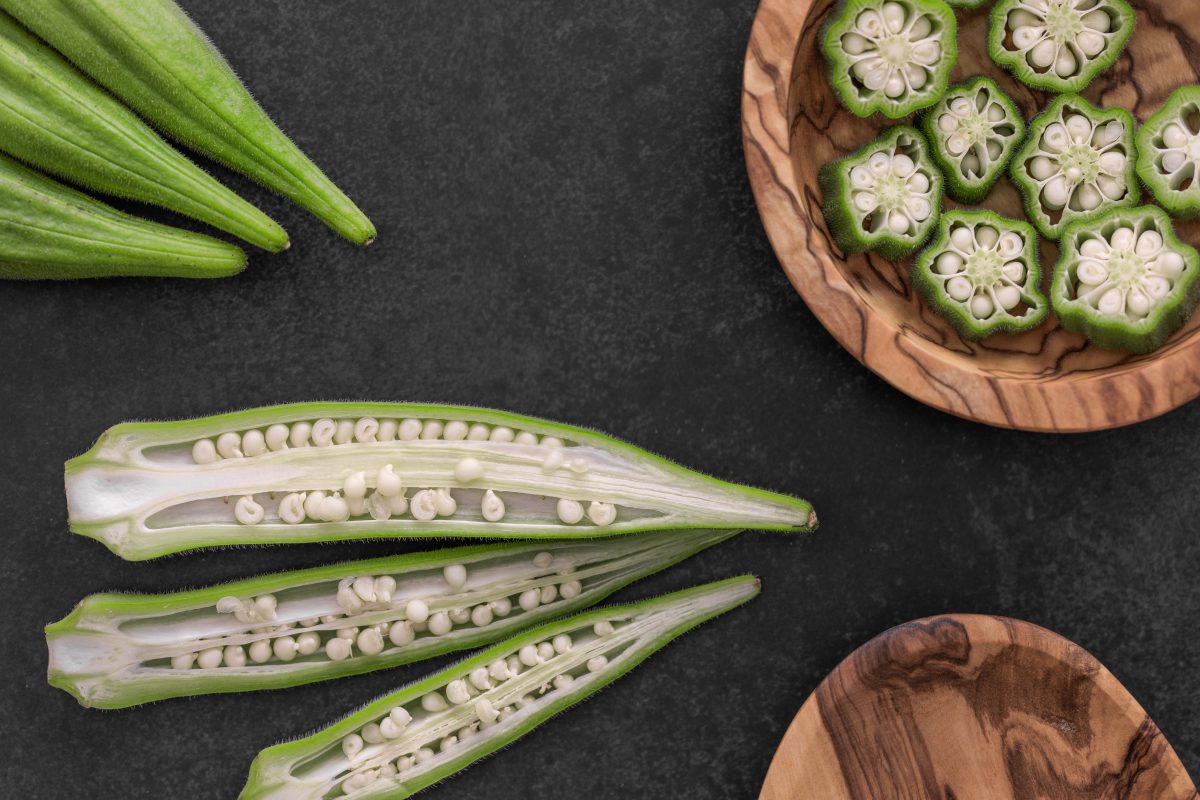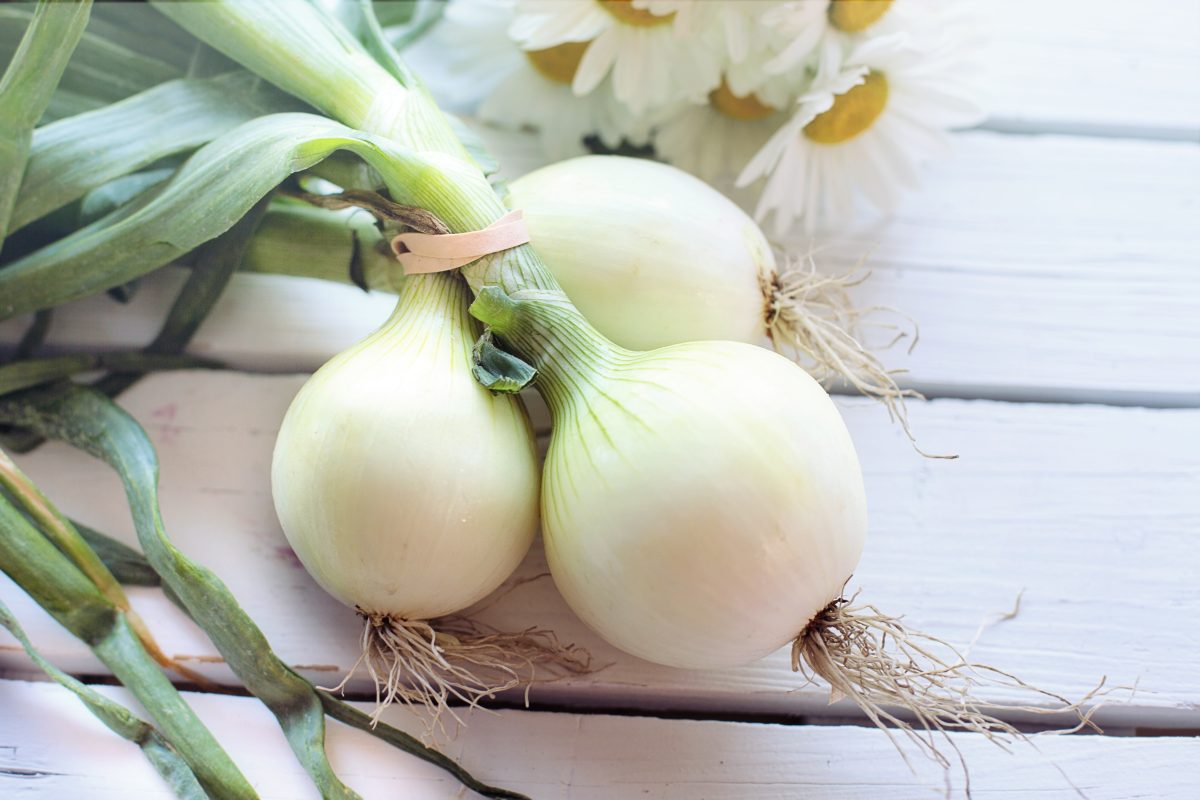Aloe Vera is a versatile plant that has gained immense popularity due to its various benefits and uses. From soothing sunburns to promoting healthy skin, Aloe Vera has become a staple in many households.
In this article, we aim to provide a complete guide on how to grow Aloe Vera successfully. Whether you’re a beginner or an experienced gardener, this guide will equip you with the knowledge and techniques needed to cultivate thriving Aloe Vera plants. So, let’s delve into the world of Aloe Vera and uncover the secrets to growing this remarkable plant.
Understanding Aloe Vera

Aloe Vera is a succulent plant known for its fleshy, spiky leaves that contain a gel-like substance with various medicinal properties.
The gel is rich in vitamins, minerals, enzymes, and antioxidants, making it a popular ingredient in skincare, haircare, and health products (non-ingested).
Aloe Vera gel is renowned for its soothing and moisturizing properties, promoting healing and reducing inflammation.
It is commonly used to treat sunburns, minor cuts, and skin irritations.
Getting Started
The success of growing Aloe Vera depends on selecting the right planting location. Consider the following factors:
Sunlight
Aloe Vera thrives in bright, indirect sunlight. Choose a location that receives at least 6 to 8 hours of sunlight per day. If you live in a hot climate, provide some shade during the hottest part of the day to prevent leaf scorching.
Soil Drainage
Aloe Vera prefers well-draining soil to prevent root rot. Choose a planting location with soil that drains well, avoiding areas prone to waterlogging. If your soil doesn’t drain well, consider planting Aloe Vera in a raised bed or container with appropriate drainage holes.
Temperature
Aloe Vera is a resilient plant but prefers temperatures between 55°F (13°C) and 80°F (27°C). Protect the plant from frost and extreme temperature fluctuations, as they can damage or kill the leaves.
Indoors VS Outdoors
Aloe Vera can be grown both indoors and outdoors. If planting indoors, ensure the location receives adequate sunlight or provide artificial grow lights.
Planting Aloe Vera
Preparing A Container Or Location
Follow these step-by-step instructions to prepare the planting container or garden bed for your Aloe Vera:
- Container Selection
- Choose a container with drainage holes or a garden bed with well-draining soil. Ensure the container or bed is wide and deep enough to accommodate the Aloe Vera plant’s root system.
- Soil Preparation
- Use a well-draining soil mix suitable for succulents and cacti. You can prepare your own mix by combining equal parts of sandy soil, perlite, and peat moss. This mixture provides good drainage while retaining some moisture.
- Drainage Layer
- Place a layer of small stones or gravel at the bottom of the container or garden bed. This helps enhance drainage and prevents water logging.
Growing Aloe Vera
Watering Techniques
Proper watering is essential for the health and growth of Aloe Vera. Establish a watering schedule.
Aloe Vera is a succulent plant that stores water in its leaves. Allow the soil to dry out completely between waterings.
Depending on the climate and season, water your Aloe Vera plant every 2 to 4 weeks. Adjust the frequency based on the moisture level of the soil.
When watering, ensure that you thoroughly soak the soil, allowing water to reach the root zone.
However, avoid overwatering, as excessive moisture can lead to root rot.
Discard any excess water that accumulates in the drainage tray or container.

Fertilization Tips
Aloe Vera generally doesn’t require frequent fertilization but providing some nutrients can promote healthy growth.
A balanced houseplant formula will work well at ½ strength. Fertilize your Aloe Vera plant sparingly, typically during the growing season (spring and summer). Apply the fertilizer according to the manufacturer’s instructions, usually once every 2 to 3 months, but no more than once a month.
Suggested application method is to dilute the fertilizer in water and apply it to the soil around the base of the plant, avoid direct contact with the leaves to prevent any potential damage.
Propagation
The easiest way to propagate your favorite aloe vera plant is to replant the offsets, or pups. These are a clone of the mother plant that can be removed and planted to create an entirely new plant.
To propagate an aloe pup, you’ll want to wait until the offset is around 1/5 the size of the mother plant. You can gently remove the pup by carefully pulling it away or using a clean, sharp knife.
You’ll want to set the pup aside and let it dry and form a callous over the cut. Keep the pup in a warm sunny location.
Once a callous has formed, plant the pup in a small container and water sparingly. When it establishes its roots, treat it like an adult plant.
Harvesting And Using Aloe Vera
Aloe Vera leaves can be harvested when they reach a sufficient size and thickness. Here are some indicators that it’s the right time to harvest:
- Leaf Size
- Aloe Vera leaves should be at least 8-10 inches long before harvesting. This ensures that the plant has stored enough nutrients in the leaf for optimal use.
- Leaf Thickness
- Mature Aloe Vera leaves are thick and plump. They should feel firm and turgid to the touch. Thicker leaves indicate higher gel content. When harvesting, select the outermost leaves first, as they are the oldest and most mature. Leave the inner leaves to continue supporting the plant’s growth.
Troubleshooting Common Issues
While Aloe Vera is generally a hardy plant, it can be susceptible to certain pests and diseases. Here are some common problems and suggested remedies:
- Mealybugs
- These small, cottony insects can infest Aloe Vera plants. Remove them manually using a cotton swab dipped in rubbing alcohol. Repeat the process until all visible pests are gone.
- Root Rot
- Over watering or poor drainage can lead to root rot. If you notice soft, mushy roots and a foul odor, it indicates root rot. Adjust your watering practices and improve soil drainage. Consider re-potting the plant in fresh, well-draining soil.
- Leaf Spot
- Fungal infections can cause dark spots or lesions on Aloe Vera leaves. Remove affected leaves and improve air circulation around the plant. Avoid overhead watering and ensure the plant has proper ventilation.
Regularly inspect your Aloe Vera plants for signs of pests or diseases and take appropriate measures promptly to prevent their spread.





